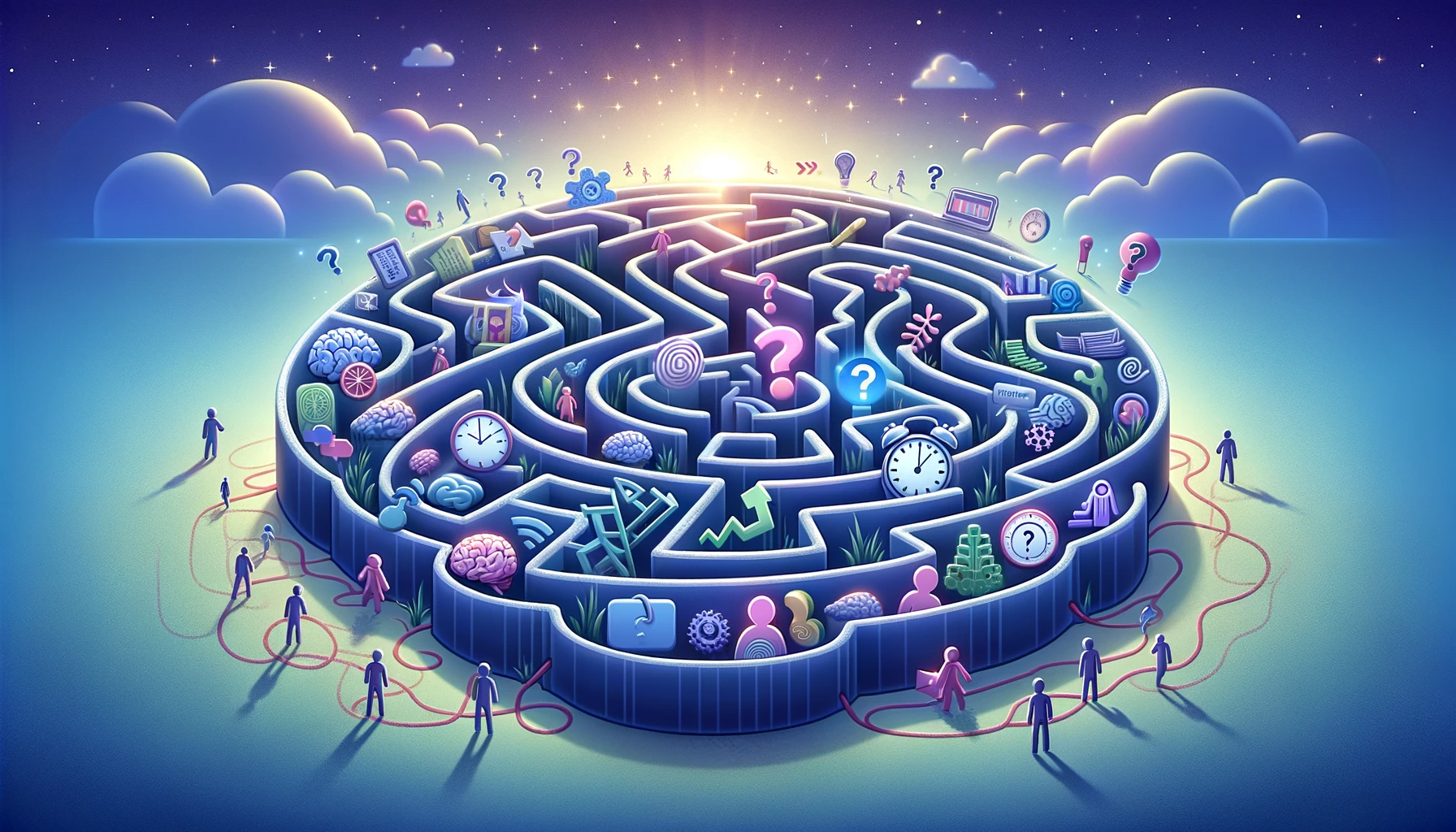Introduction: eMINDy, standing for Easy Mind Therapy, is a transformative approach blending mental health care with personal growth strategies. It’s designed for individuals seeking a simpler path to personal development and mental wellness. This article explores how eMINDy facilitates personal growth, offering insights into its methodology and benefits.
What is eMINDy? eMINDy or Easy Mind Therapy is an innovative approach that simplifies the journey of personal growth and mental health improvement. It incorporates straightforward, effective techniques that anyone can use to foster better mental well-being and encourage continuous personal development.
The eMINDy Philosophy:
- Accessibility: eMINDy makes personal growth and mental wellness accessible to all, regardless of background or experience.
- Empowerment: It encourages individuals to take charge of their mental health and personal development journey.
- Simplicity: eMINDy breaks down complex psychological concepts into easy-to-understand and apply strategies.
How eMINDy Promotes Personal Growth:
- Mindfulness Practices: Incorporating mindfulness to enhance presence, focus, and awareness.
- Positive Reinforcement: Using positive psychology to build self-esteem and foster a growth mindset.
- Stress Management: Offering simple techniques for effectively managing and reducing stress.
- Goal Setting: Guiding users to set and achieve personal and professional goals.
Benefits of eMINDy:
- Enhanced Self-Awareness: Gaining a deeper understanding of personal thoughts, emotions, and behaviors.
- Increased Resilience: Building strength to face life’s challenges with confidence.
- Improved Mental Health: Reducing symptoms of stress, anxiety, and depression.
- Continuous Learning: Encouraging a lifelong journey of learning and self-improvement.
Engaging with eMINDy:
- Start with Basics: Begin by exploring foundational techniques and building a routine.
- Be Consistent: Regular practice is key to experiencing the benefits of eMINDy.
- Seek Community: Engage with others on a similar path for support and inspiration.
- Reflect and Adapt: Continuously assess your progress and adapt strategies as needed.
Conclusion: eMINDy represents a promising avenue for those seeking to enhance their personal growth and mental wellness. By offering easy-to-use, effective strategies, eMINDy empowers individuals to embark on a journey of self-discovery, resilience, and continuous improvement. Embrace eMINDy’s approach and unlock your potential for a more fulfilling, well-rounded life.






